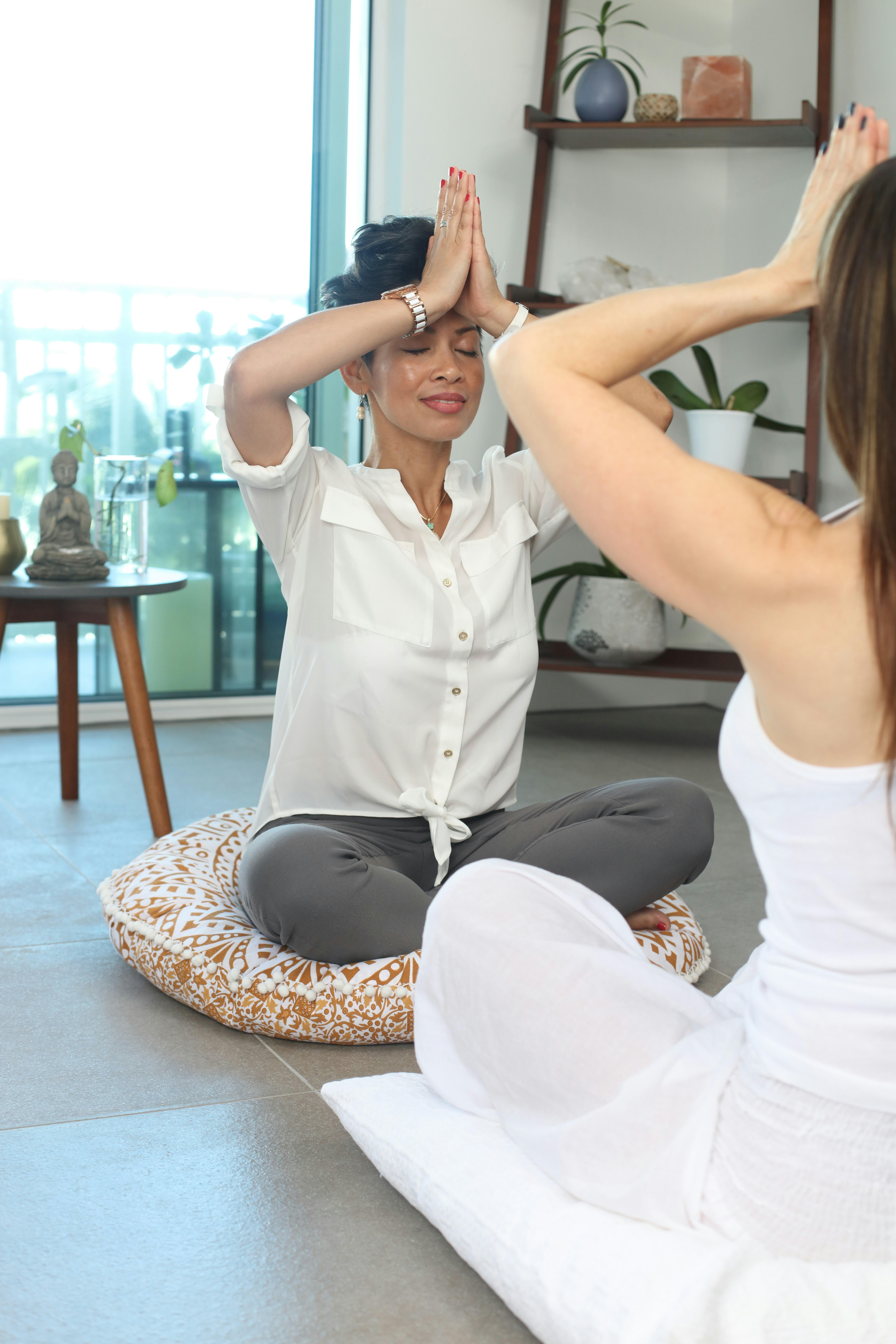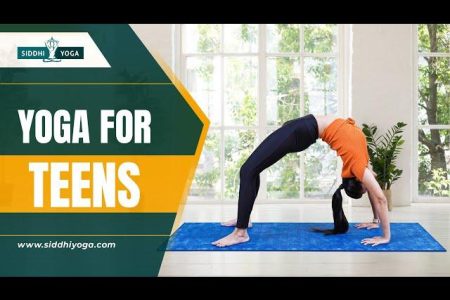In the bustling corridors of modern education, where academic rigor often collides with the need for holistic development, a quiet revolution is unfolding on yoga mats. As schools strive to balance intellectual growth with physical well-being, a question arises: can the ancient practice of yoga serve as a viable substitute for traditional physical education in the lives of teenagers? This article delves into the heart of this debate, exploring the potential of yoga to not only fulfill the physical demands of adolescent growth but also to nurture mental and emotional resilience. As we journey through the myriad dimensions of both yoga and conventional physical education, we seek to uncover whether these two paths can converge to offer a harmonious blend of strength, flexibility, and inner peace for the youth of today.
Exploring the Benefits of Yoga for Adolescent Development
Incorporating yoga into the lives of adolescents offers a myriad of benefits that extend beyond the physical. It serves as a powerful tool for enhancing emotional well-being and mental clarity during a pivotal time of growth and change. Adolescents often face a whirlwind of emotions and pressures, from academic challenges to social dynamics. Yoga provides a sanctuary where they can learn to manage stress and develop resilience. By focusing on breathwork and mindfulness, teens can cultivate a sense of calm and presence, helping them to navigate the complexities of adolescence with greater ease.
- Improved Focus and Concentration: The practice of yoga encourages mindfulness, which can translate to better attention spans and improved academic performance.
- Enhanced Physical Fitness: While yoga may not replace traditional physical education entirely, it offers a complementary form of exercise that builds strength, flexibility, and balance.
- Emotional Regulation: Through regular practice, adolescents can learn to identify and process their emotions, leading to healthier coping mechanisms.
- Self-Esteem and Confidence: As teens master new poses and breathing techniques, they gain a sense of accomplishment and confidence in their abilities.
These benefits suggest that while yoga might not wholly replace physical education, it certainly enriches the developmental journey of adolescents, providing them with tools that promote holistic well-being.

Comparing Physical Education and Yoga: A Holistic Perspective
In the dynamic landscape of adolescent development, both physical education and yoga offer unique benefits that cater to the holistic growth of teens. Physical education traditionally emphasizes activities that enhance cardiovascular fitness, muscular strength, and endurance. These programs are designed to improve motor skills and foster teamwork, instilling a sense of discipline and competition. Meanwhile, yoga focuses on flexibility, balance, and mental well-being, encouraging self-awareness and stress management through mindfulness practices.
While both disciplines share common goals of promoting health and well-being, they diverge in their approaches. Physical education often involves a more structured and competitive environment, whereas yoga promotes a personalized, introspective experience. Benefits of each include:
- Physical Education: Enhances social interaction, builds teamwork skills, and improves physical endurance.
- Yoga: Cultivates emotional resilience, reduces anxiety, and supports concentration and focus.
Ultimately, the integration of both practices could offer a balanced approach, addressing both the physical and mental aspects of adolescent development.
Balancing Traditional PE with Yoga: Integrating Mind and Body
In the dynamic landscape of adolescent development, the conversation around physical education is evolving, seeking to integrate not just the body but the mind as well. Traditional PE classes often focus on cardiovascular health, team sports, and endurance training, which are crucial for developing physical stamina and coordination. However, the introduction of yoga into the curriculum presents a unique opportunity to cultivate a balanced approach to fitness.
Yoga, with its emphasis on mindfulness and flexibility, complements the high-energy activities of conventional physical education. By incorporating yoga, students can benefit from:
- Improved focus and concentration – enhancing academic performance.
- Stress management techniques – promoting emotional resilience.
- Increased flexibility and balance – reducing injury risk in other physical activities.
- Mind-body awareness – fostering a holistic understanding of health.
Thus, while yoga may not replace traditional PE, it offers a harmonious addition that nurtures both the physical and mental well-being of teens, preparing them for a balanced lifestyle.
Guidelines for Implementing Yoga in School Curriculums
Incorporating yoga into school curriculums requires a thoughtful approach to ensure it complements the existing physical education programs. Here are some essential guidelines to consider:
- Understand the Objective: Clearly define what yoga aims to achieve within the curriculum. Is it for improving flexibility, enhancing mindfulness, or fostering overall well-being?
- Trained Instructors: Ensure that qualified yoga instructors are hired to lead the sessions. They should be well-versed in both the physical and mental aspects of yoga to guide students effectively.
- Inclusive Practices: Design the yoga sessions to be inclusive, accommodating students of all abilities and fitness levels. Offering modifications and variations of poses can help make yoga accessible to everyone.
- Balance with Physical Education: While yoga can complement physical education, it should not completely replace it. Strive for a balanced approach that incorporates elements of both to provide a holistic physical activity experience.
By following these guidelines, schools can effectively integrate yoga into their curricula, enhancing students’ physical and mental health without compromising the benefits of traditional physical education.
To Wrap It Up
In the vibrant tapestry of adolescent development, both yoga and traditional physical education weave their unique threads, contributing to the holistic growth of teens. As we stand at the crossroads of these two paths, it becomes clear that each offers distinct benefits. Yoga, with its emphasis on mindfulness, flexibility, and inner balance, complements the vigorous, skill-building nature of physical education. Rather than viewing them as mutually exclusive, perhaps the future lies in harmonizing these approaches, creating a well-rounded curriculum that caters to the diverse needs of young minds and bodies. As educators, parents, and policymakers ponder this fusion, the ultimate goal remains steadfast: nurturing a generation that is not only physically fit but also mentally resilient and emotionally balanced. In this dance of mind and muscle, the journey is just as important as the destination.

